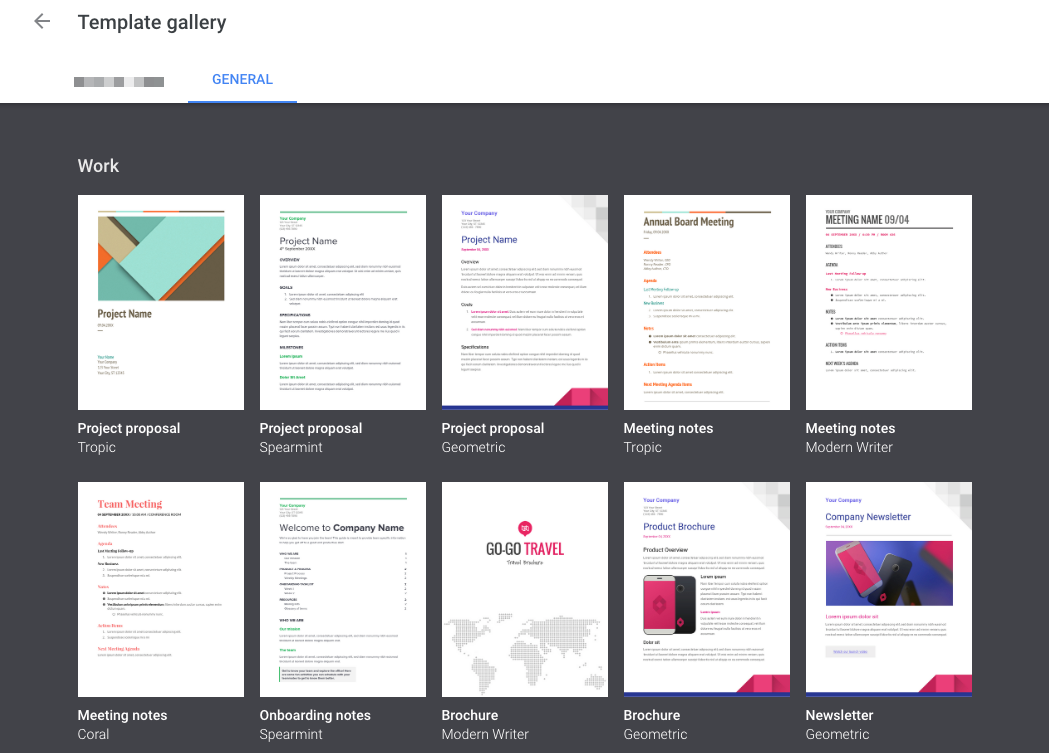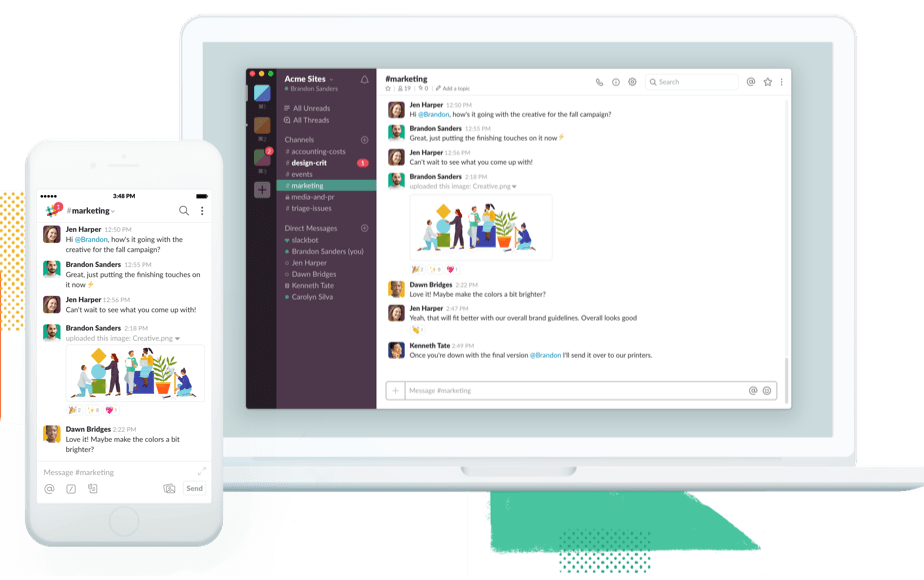Learning to work in groups doesn’t come naturally to everyone but it has the potential to help students excel academically while learning other great 21st-century skills like communication and problem-solving. Since teamwork is also much sought after skill by employers, it can even give students a leg-up in their future careers.
Combining technology with curriculum is a great way to create a collaborative learning environment but it’s still not fully used. A Gallup study found that while 86 percent of students said they used technology in school, only 14 percent were using collaborative technology tools.
When it comes to technology, teachers integrate it into their classroom the best they can. But with an abundance of apps and programs out there, finding the best tools to boost collaboration can take time. Luckily, we’ve created this list of some popular options.
1. Google Docs

One of the most widely used collaboration tools is Google Docs. If you only use one tool from this list, let it be this one. Anyone can create an account, and you can use the app in a variety of different ways.
Basically, Google Docs looks like Microsoft Word, but it’s so much more — it’s especially powerful because it allows multiple people to work on a document at once, so it’s a great option for group work.
When students sign up for a Google account, they’ll gain access to their very own Google Drive, which is a cloud storage service that lets you save files online. So with Google Docs, students no longer need to worry about managing files on their computers or emailing documents because it saves every document to the Drive online (even as they’re typing).
As an English teacher, I found Google Docs indispensable. Instead of printing out a document or projecting it to the screen, I could share it with the entire class just by sending out a link. Google Docs also came in handy for partner projects because if students didn’t finish a writing assignment in class, all members could access the document from home.
Add Google Docs to your bag of tricks to make writing, saving, peer editing, and grading writing assignments a breeze.
2. Text2MindMap
Text2MindMap was one of my favorite collaboration technology tools when I taught. It’s an online concept map, which doesn’t sound too exciting, but this isn’t your typical bubble map on paper.
First of all, it’s online, and today, many students prefer their computers to a pen and paper. This variation of a graphic organizer concept map will jazz up students.
Plus, you can customize colors, and they love that! You can also move lines around like a spiderweb and have ideas floating off each other with one click.
This program also allows you to create PDFs, share links with each other, and add and edit each other’s mind maps.
If your students need a place to share their idea explosions, Text2MindMap is it. Talk about a beautiful tool for brainstorming stories or even working together and starting the foundation of a team project!
Who knows? Maybe one of your little Einsteins will create a mind map outlining a genius environmental cause, a medical cure, or a future New York bestseller.
You’ll never know until they try.
3. Slack

Do you remember AOL Instant messenger (IM)? I used to hate waiting for my modem to load while listening to annoying beeping and whooshing sounds — all so I could type a short conversation with friends.
We’ve come a very long way since then, and my speedy texting students probably think I lived with dinosaurs. But the popular app Slack has made IM relevant again, and it’s more powerful than ever.
Slack is a collaboration app used throughout schools, businesses, and various organizations. By creating a Slack team, students and teachers can easily share ideas, images, links, articles, and more, all in dedicated IM channels.
Slack is an excellent tool for students to coordinate their work on large projects. It also makes it impossible for students to say, “I didn’t know what I had to do” because you can post channel-wide announcements that everyone receives. Bummer for them; Score for you!
Users can also throw out endless ideas and even ask for help with homework. Slack is one of those collaboration technology tools that keeps everyone honest, connected, and learning.
4. Classcraft

Classcraft will bring video-game-like adventures to your classroom. You can create online quests based on lesson plans to engage students in a unique way. Students can also take quizzes, chat online with one another, and discuss course material while playing a beautifully designed game.
Classcraft even allows students to work together to complete a common goal that correlates with their unit. They can create cross-curricular connections by completing quests on multiple subjects.
Don’t forget to add Classcraft to your bag of technology collaboration tricks.
5. PBworks

I’m a big fan of wikis. And although there are many wiki creator tools, PBworks remains my favorite.
First of all, it’s easy to use. With a little exploration, you can walk away with a decent website and collaboration tool for students and parents. With PBworks, you can even customize text, add images, post attachments… There’s really no limit to what you can do.
And for students and teachers looking to decrease some clutter, you can store pictures of assignments, links, and attachments all online. (To think that I once used a giant floppy disk…)
PBworks Is an excellent space to collaborate with teachers on curriculum. Students can also develop websites together and even receive feedback about assignments from others.
I used this site for sharing my weekly schedule, storing my files, and posting links and videos that students could easily access in one place.
Impress your students and parents without putting in a lot of time by creating a class wiki. They’ll think you’re a teaching rockstar.
6. Trello

You probably have a million ideas and a to-do list that’s more than a mile. That’s where Trello comes in. This handy tool takes your thoughts and organizes them into color-coordinated cards and categories.
It’s super simple. Create a board with a topic, and then create cards around that topic. On each card, you can add a to-do list, due dates, notes, images, and more. It’s a great learning tool for visual students and can be used for a variety of different tasks.
Trello is also an excellent technology tool for students who need some help with organization. They can add a card for homework that lists the assignments for each day as well as additional out-of-school tasks.
You’ll have to get your hands dirty and explore all the ways that you can take advantage of this collaborative app.
Form Connections with Technology
These excellent collaboration technology tools might have your students singing Vanilla Ice again — “Stop, collaborate, and listen.” Because with these fun collaboration programs, kiddos will be eager to brush up on their 21st-century skills while having fun in the classroom.
You might also find that these tools will benefit your student’s future and connect them to one another. And as you probably already know, forming connections is one of the most essential lessons you can teach.
Photo credit: StartupStockPhotos / Pixabay.com
Personalized Learning


